Long-serving professors look back on 50 years of service
Honorees express amazement at the quality of students at CU Boulder, awe at how much the university has changed and gratitude for opportunities they’ve had
In 1971, Richard Nixon was president, anti-war protests roiled the nation, and “All in the Family” was must-see TV. Also that year, six professors were launching five decades of service at the University of Colorado Boulder.
This spring the Boulder Faculty Assembly formally recognized them for their 50 years of service.
Chancellor Philip DiStefano joined a meeting of the Boulder Faculty Assembly to congratulate the long-serving Boulder faculty:
- Albert Alhadeff, associate professor of art and art history
- Zygmunt Frajzyngier, professor of linguistics
- Lawrence Gold, professor of molecular, cellular and developmental biology (MCDB)
- Martin Goldman, professor of physics
- Carl Lineberger, distinguished professor of chemistry
- Juri Toomre, professor of astrophysical and planetary sciences
DiStefano said: “I’ve had a number of titles. The title that means the most to me is professor. That’s why I came to the university, why you are here and why these distinguished faculty are here.”
I’ve had a number of titles. The title that means the most to me is professor. That’s why I came to the university, why you are here and why these distinguished faculty are here."
Colorado Arts and Sciences Magazine invited the professors to comment on the university’s past and future and on their service here generally. Alhadeff, Frajzyngier and Lineberger responded with essays, which we are publishing with this story.
Frajzyngier said he was repeatedly “amazed at the enthusiasm and good will with which students come to the first class of the semester and have always regretted if I didn’t meet students’ expectations and did not maintain their enthusiasm until the end of the semester.” (Read Frajzyngier’s full essay here.)
Alhadeff noted that the university’s stature has risen through the decades, but he also observed a decline in the “easy exchange between faculty and colleagues, and between faculty and students, a bonhomie that has long since dissipated.” Nonetheless, he said, publishing, writing and lecturing are as “exhilarating” as always. (Read Alhadeff’s full essay here.)
Like his colleagues, Lineberger noted how dramatically the university has changed in five decades. Through the years, Lineberger got offers from other universities to join their faculty, but “none came even close to offering me the opportunities for multidisciplinary research in physics, chemistry and engineering that characterized much of my early work.”
He also said the quality of students has improved over time, and he said he’s most proud of their achievements, “for this is the true product for which any professor should aspire.” (Read Lineberger’s full essay here.)
Gold said his life in Boulder began in 1969 when he got a job in the new Department of Molecular, Cellular and Developmental Biology. He added: “Not once, for even for 11 seconds, did I question the choice I made.”
“The undergraduate and graduate students were wonderful, and we could recruit postdocs and young faculty with ease. Even the standard anxieties between various factions within MCDB were harmless and even funny. Our faculty matured at different rates and yet never forgot the privilege we had been given. For me, it was a perfect place to grow up, which I continue to expect will happen sometime soon.”
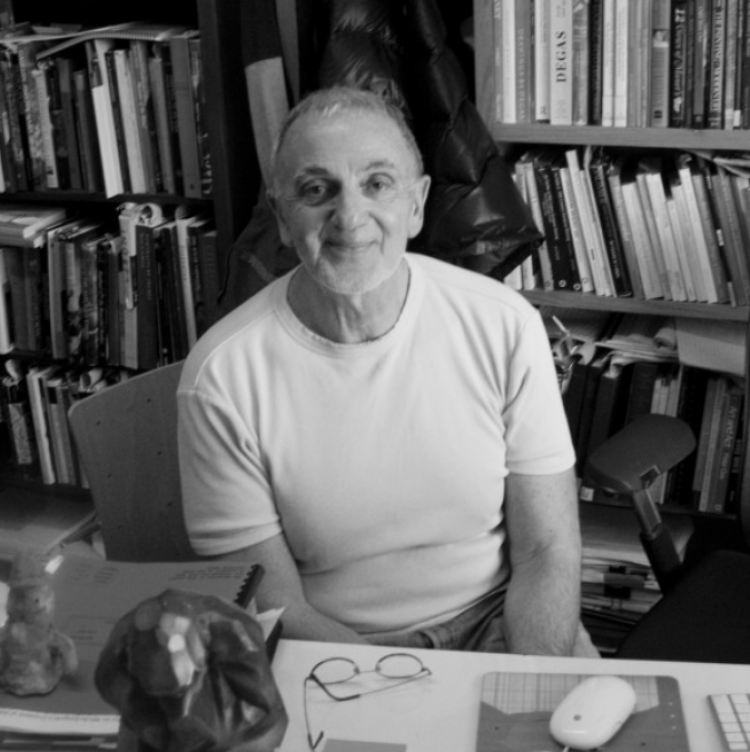
He is working on a new book, on symbolism in Belgium and the fin de siècle. Alhadeff's focus on European painting challenges his readiness to keep up with the ever-expanding bibliography in the field—which he describes as a fruitful task that extends as well to the High Renaissance and Michelangelo’s oeuvre.
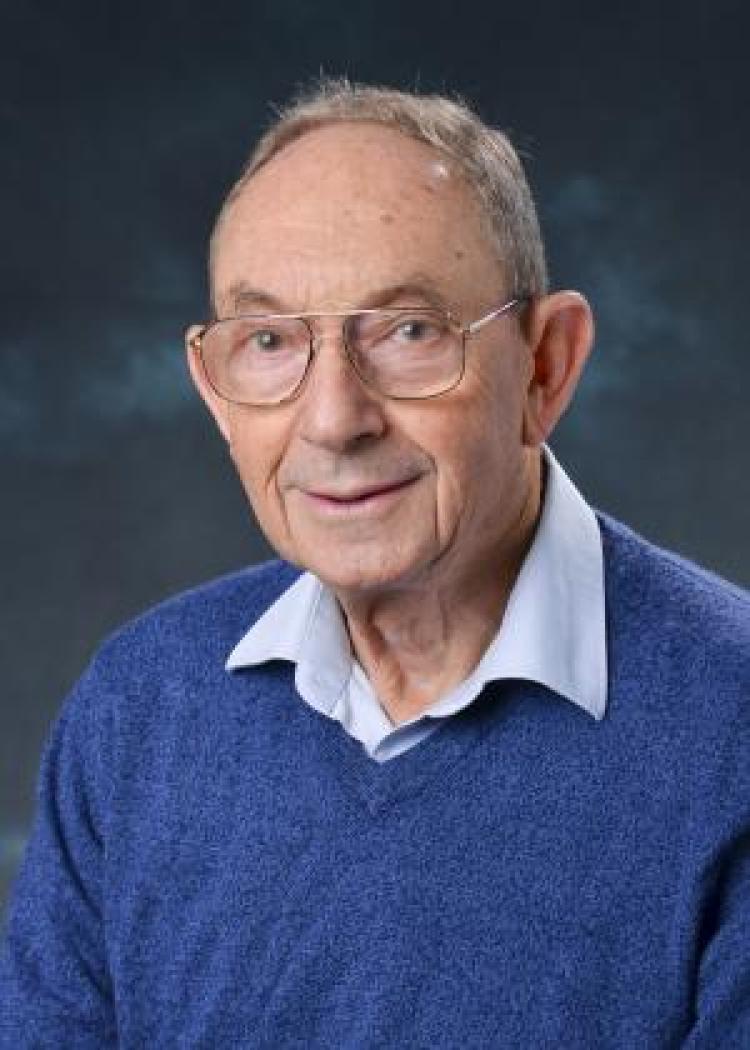
Frajzyngier’s main research interests include the foundations of syntax and semantics in cross-linguistic perspective; typological explanations in grammar; grammaticalization; Chadic and Afroasiatic linguistics, and descriptive grammars and dictionaries of Chadic languages.
He is the author, co-author and editor of 28 books, one lexical database and over 135 papers. His work has been supported by the National Science Foundation, National Endowment for the Humanities, Fulbright Grant, University of Colorado, the French National Research Agency and Humboldt Foundation.
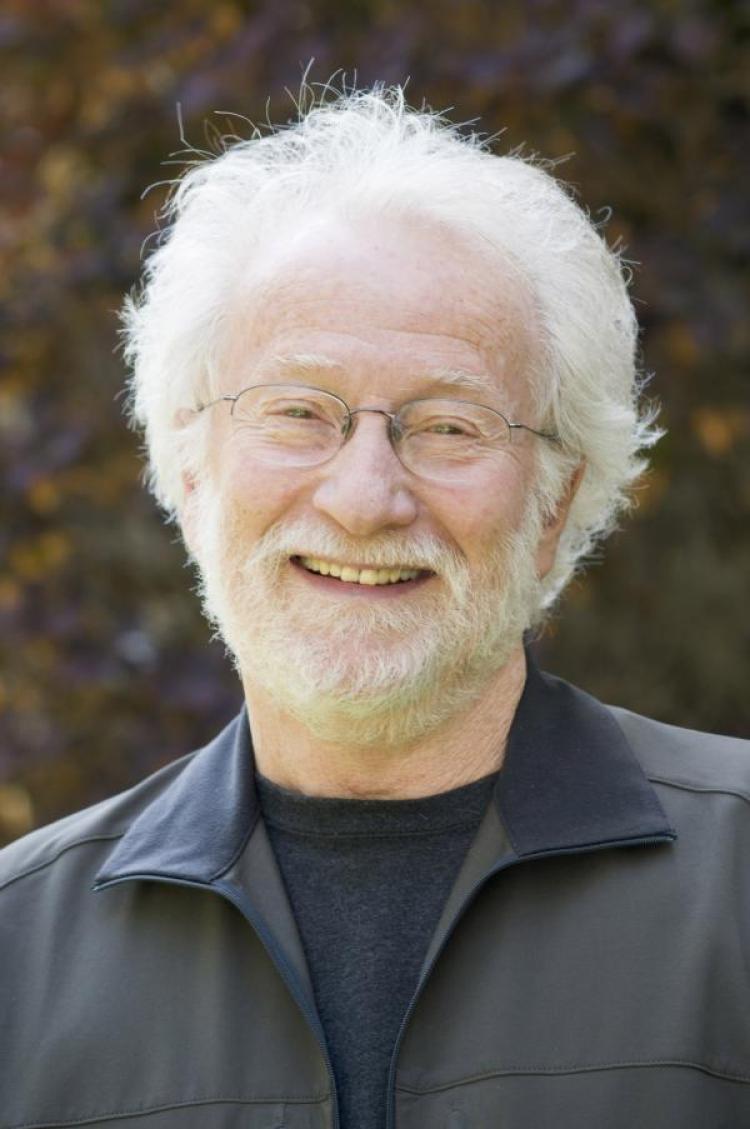
The Gold Lab today focuses on the utilization of biological and information technology to improve healthcare.
Gold has founded and led three biotech companies that grew out of his research: Synergen, NeXstar Pharmaceuticals and SomaLogic Inc. He holds dozens of patents and has been elected to the National Academy of Inventors, the National Academy of Sciences and the American Academy of Arts and Sciences.
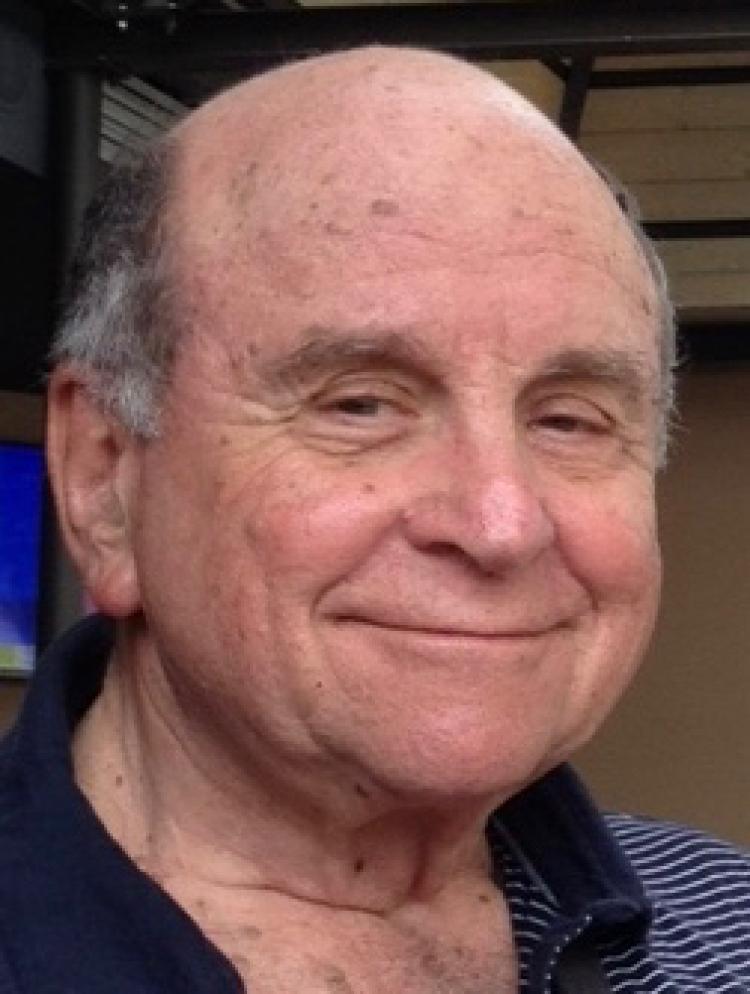
Goldman joined the CU Boulder faculty in 1970 and earned his PhD in physics from Harvard University in 1965. He's been named a fellow by the American Physical Society and won a fellowship from the Guggenheim Foundation.
His research has centered on magnetic reconnection in space and laboratory plasmas, with emphasis on energy transport, particle distributions, electrostatic instabilities and nonlinear processes during both reconnection and during auroral electron acceleration. He received a $3.3 million 10-year grant from NASA on magnetic reconnection theory in support of NASA’s highest priority space mission, the MMS satellite launched in March 2015.
With his colleagues in physics, students, postdocs and consultants, he worked to develop theoretical and computational models of the physics of reconnection in the magnetosphere based on magnetosphere data sent back to Earth by the MMS spacecraft.

Lineberger is interested in the structure and stability of ions and free radicals, photoelectron spectroscopy of anions, and photophysics and dynamics of cluster ions. The experimental methods all involve the interaction of laser radiation with mass-selected ion beams. Femtosecond tunable laser sources are employed to investigate molecular reaction dynamics in real time.
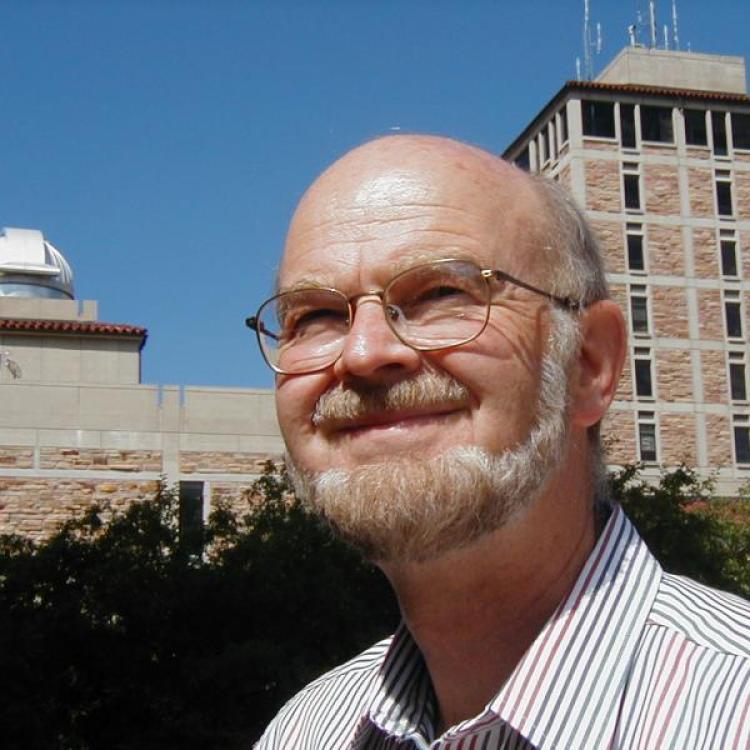
Toomre's research centers on astrophysical fluid dynamics, with particular emphasis on nonlinear theories for compressible convection and dynamos in stars including the sun, and in studying nonlinear dynamical systems exhibiting multiple bifurcations and chaos.
He has won the Hazel Barnes Prize, is a college professor of distinction and won a Distinguished Research Lectureship.

